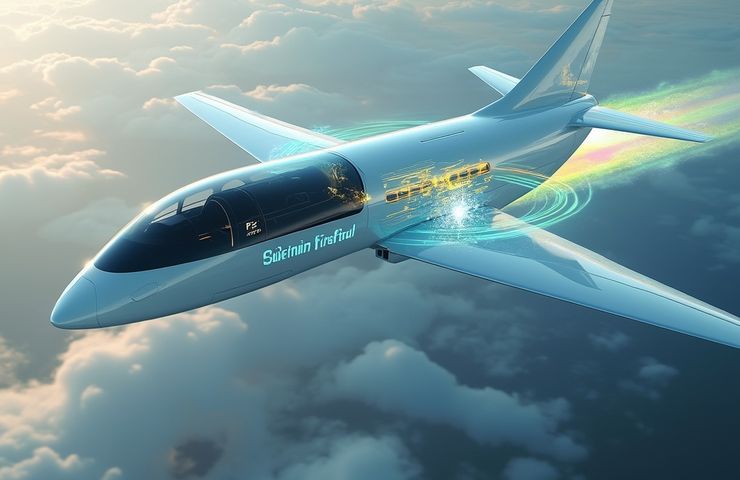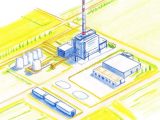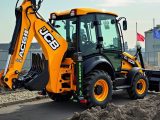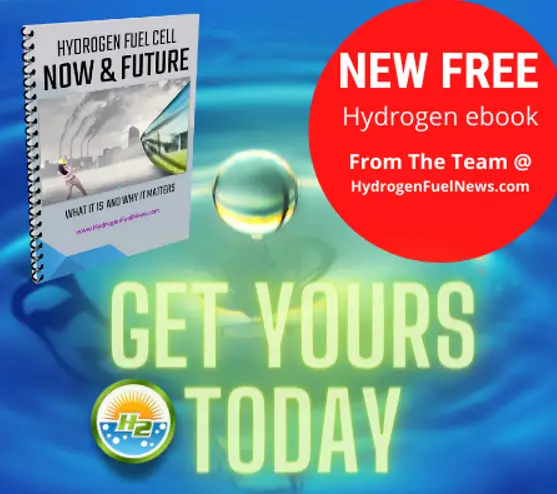
Hydrogen Fuel Cells Challenged by MIT’s High-Density Sodium-Air Battery Breakthrough
May 27, 2025MIT pushes the boundaries of battery tech with groundbreaking sodium-air fuel cell
MIT researchers are shaking things up in the clean energy world with a brand-new sodium-air fuel cell that packs a serious punch. With an eye-popping energy density of 1,700 Wh/kg —well beyond the crucial 1,000 Wh/kg benchmark for electric flight—this innovation could be a real game-changer, especially for sectors like aviation and shipping where cutting carbon has been tough. Instead of relying on rare materials or complex systems, their tech takes a refreshingly simple—but powerful—approach: it uses super-abundant sodium.
A smarter solution for hard-to-decarbonize industries
Electrifying heavy transportation—think cargo planes and massive ships—has long been a clean energy headache. Lithium-ion batteries are everywhere, but they have their own baggage: limited resources, safety concerns, and infrastructure hurdles. And while hydrogen fuel cells hold promise, MIT’s design avoids many of those headaches altogether. The real kicker? This sodium-air fuel cell doesn’t need complex fueling stations or massive infrastructure investment. It simplifies that whole part of the equation—which could be a huge plus down the road, especially in the race toward zero-emission technology and full-on industrial decarbonization.
What’s next? Drone trials and scaling up
Now, before you start expecting sodium cars on the street, it’s worth noting this tech is still in its early days—technology readiness level (TRL) 3-4, to be exact. So far it’s only been tested in the lab. But the team isn’t slowing down. They’re already planning to roll it out in drone applications as a first step. If all goes well, broader testing and commercial-scale use could follow. If this takes off, it might not only shake up the lithium battery market—it could also give traditional hydrogen fuel cells a run for their money in clean transport and sustainable energy solutions. One thing’s for sure: MIT just added a bold new contender to the zero-emissions race.



 With over 15 years of reporting hydrogen news, we are your premier source for the latest updates and insights in hydrogen and renewable energy.
With over 15 years of reporting hydrogen news, we are your premier source for the latest updates and insights in hydrogen and renewable energy.
It’s nonsense. Here are a few reasons why:
• The batteries require liquid sodium metal.
• Sodium metal is explosively reactive with water.
• The sodium in the aircraft’s batteries would need to be heated to 100-150ºC to keep it molten. Where would that energy come from?
• Sodium metal is produced by heating salt to >600ºC. That requires huge amounts of energy.
• The research paper says that the cathode requires humidified air with water partial pressures of 0.1–0.5 bar. That’s a LOT of water, which the aircraft would have to carry in tanks. The water would effectively be part of the battery, so energy density is actually extremely low.
• Air would have to be heated before being humidified. That needs a lot of energy.
• The by-product, sodium hydroxide (NaOH), is highly corrosive. Aluminium dissolves in NaOH. Aircraft are usually made from aluminium.
• If the battery membrane broke, the humidified air would react with the liquid sodium, and the plane would explode.
I could go on and on. Sodium fuel cells are interesting, but they are never going to power aircraft.
This is a very great innovation. I hope it will be commercialised very soon. Then all the transportation utilities will be electrified.